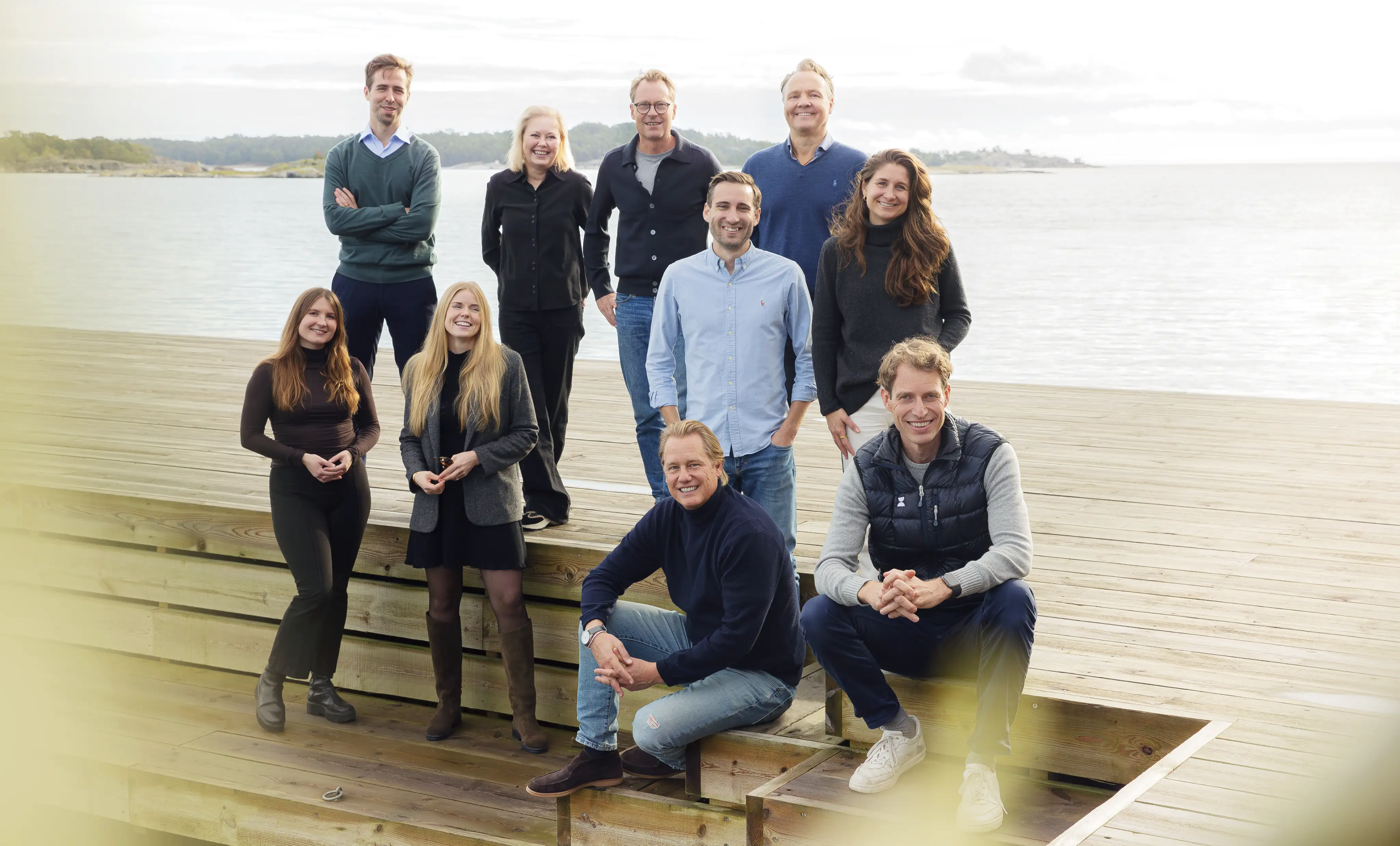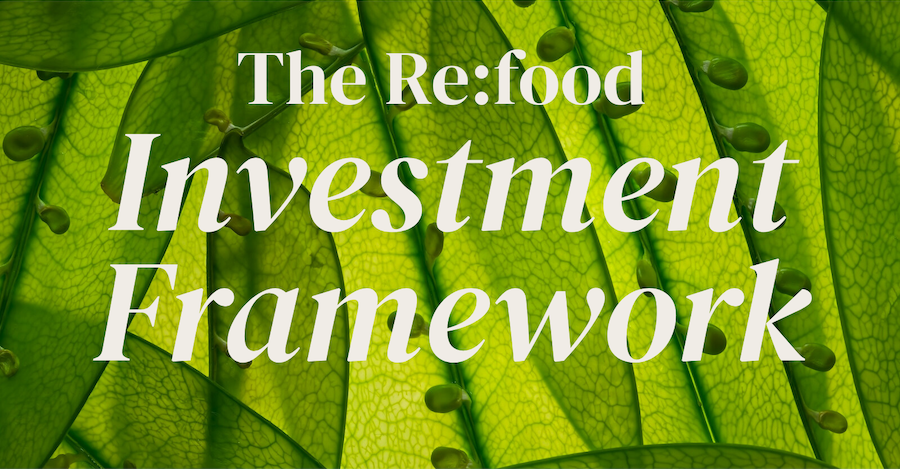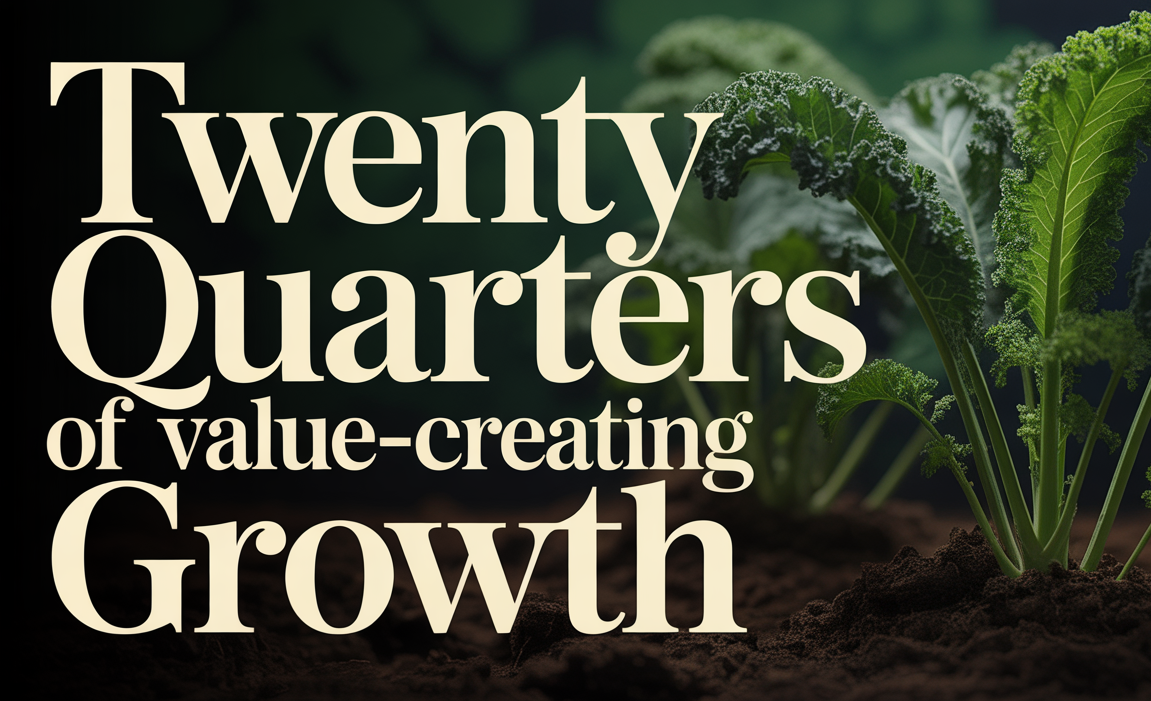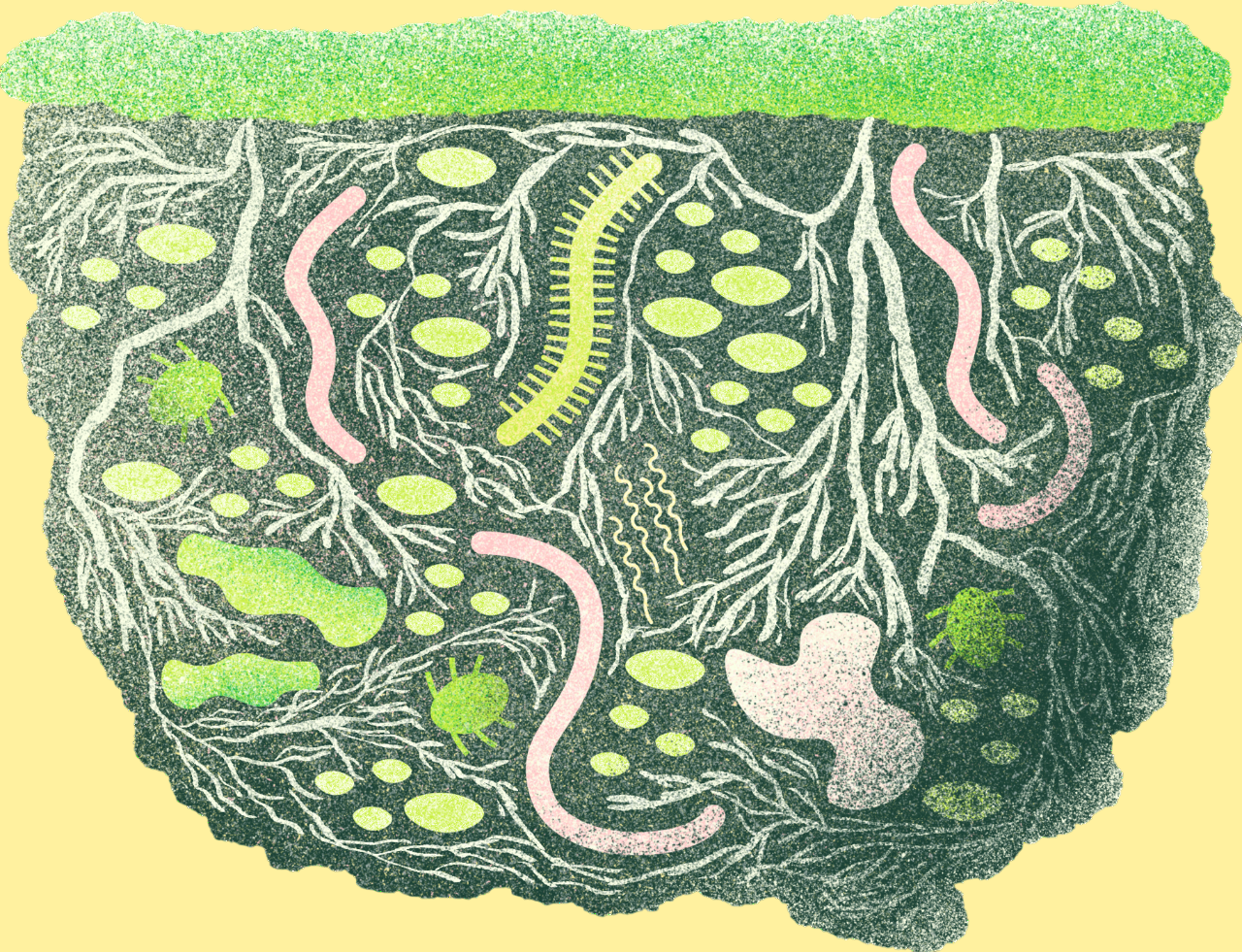Growth equity for the future of food
Re:food is the transatlantic growth equity investor reshaping the food system. We partner with category changing companies who turn the world’s biggest challenge into outsized returns.
agrifood investing specialists
years
of agrifood investing
consecutive quarters
of value-creating growth
portfolio revenue growth with expanding margins
EAT-Lancet food-system shifts accelerated across the
portfolio.
hectares with improved soil health through portfolio products
specialized conviction capital per partnership
We partner with category changing companies
Our Edge: Specialized Conviction Capital
As transatlantic specialists, we partner with growth-stage agrifood companies where we have a deep understanding of the technology, market, and business model; we invest with conviction when we can deliver long-term value creation; and we deploy strategic, aligned capital with expertise to achieve outsized returns and undeniable impact.
Value Creation
Financing, governance, strategy, and operational excellence to scale category changers.
- Long-Term Partnerships
Long-term value-based trust relationships across our ecosystem with a high-conviction, partnership-first mindset.
Systems Change
Guided by the Re:food Solvable Framework, aligned with world-leading research, turning planetary science into actionable investment themes that win.
Stay updated with our latest news



















